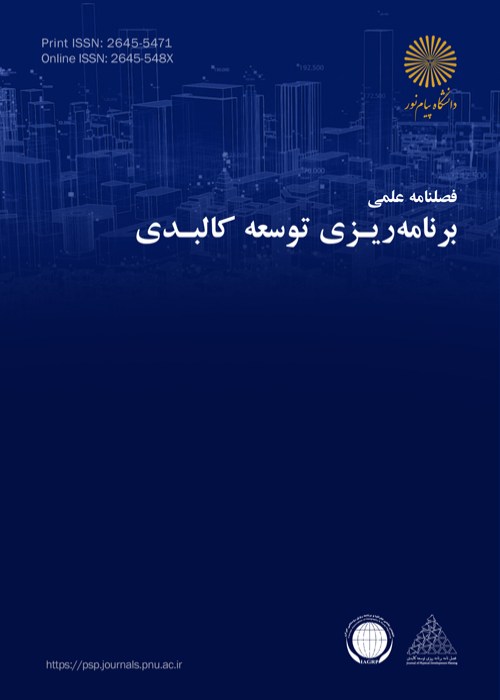Evaluation of Vegetation/Land Use Change Techniques Using Satellite Images and GIS (Case Study: Gorganrood Basin)
Due to human activities, the face of the earth is always changing. For the optimal management of natural areas, it is necessary to know the trend and amount of changes in vegetation/land use. Estimating these changes is very important. The purpose of the present research is to monitor land cover changes using satellite images in the Gorganrood watershed in Golestan province. The images of TM sensor in 1987, ETM+ sensor in 2000 and OLI sensor in 2019 were processed and analyzed. After performing geometric and atmospheric corrections, monitoring and classification of images using six change monitoring techniques in Gorganrood basin with an area of 8020 square kilometers were analyzed and the changes occurred in this basin in two time periods, from 1987 to 2000 and 2000 to 2019 was investigated. Change monitoring techniques include red band difference, infrared band difference, PCA difference and standardized PCA difference, change vector analysis and comparison after classification. Statistical methods have been used to determine the threshold. After determining the change threshold, the areas with decreasing, increasing and unaffected changes have been identified. In order to evaluate the accuracy of change monitoring techniques, after the ground impressions obtained through field visits, Google Earth satellite images and aerial photos, the manufacturer's accuracy, the user's accuracy, the total accuracy and the Kappa coefficient were used. The results showed that the standardized PCA1 method had the highest total accuracy and kappa coefficient in both periods. The values of these two parameters are equal to 96.5% and 94% for the first period and 91.5% and 86% for the second period respectively. PCA1 method with overall accuracy and Kappa coefficient equal to 84.5% and 74% for the first period and 89% and 82% for the second period after standardized PCA1 method has the highest level of accuracy among other methods. On the other hand, the near-infrared band difference method had the lowest total accuracy and kappa coefficient in both periods compared to other methods. The results also show that between 1987 and 2019, agricultural lands (rainfed) had the most positive changes. The extension of these lands has mostly been at the price of loss of pastures (due to higher fertility). In the space of 32 years, pastures have also undergone changes and transformations, and the decreasing changes in them can be attributed to the plowing of pastures and their allocation to agriculture.
- حق عضویت دریافتی صرف حمایت از نشریات عضو و نگهداری، تکمیل و توسعه مگیران میشود.
- پرداخت حق اشتراک و دانلود مقالات اجازه بازنشر آن در سایر رسانههای چاپی و دیجیتال را به کاربر نمیدهد.


